-
 Bitcoin
Bitcoin $106,754.6083
1.33% -
 Ethereum
Ethereum $2,625.8249
3.80% -
 Tether USDt
Tether USDt $1.0001
-0.03% -
 XRP
XRP $2.1891
1.67% -
 BNB
BNB $654.5220
0.66% -
 Solana
Solana $156.9428
7.28% -
 USDC
USDC $0.9998
0.00% -
 Dogecoin
Dogecoin $0.1780
1.14% -
 TRON
TRON $0.2706
-0.16% -
 Cardano
Cardano $0.6470
2.77% -
 Hyperliquid
Hyperliquid $44.6467
10.24% -
 Sui
Sui $3.1128
3.86% -
 Bitcoin Cash
Bitcoin Cash $455.7646
3.00% -
 Chainlink
Chainlink $13.6858
4.08% -
 UNUS SED LEO
UNUS SED LEO $9.2682
0.21% -
 Avalanche
Avalanche $19.7433
3.79% -
 Stellar
Stellar $0.2616
1.64% -
 Toncoin
Toncoin $3.0222
2.19% -
 Shiba Inu
Shiba Inu $0.0...01220
1.49% -
 Hedera
Hedera $0.1580
2.75% -
 Litecoin
Litecoin $87.4964
2.29% -
 Polkadot
Polkadot $3.8958
3.05% -
 Ethena USDe
Ethena USDe $1.0000
-0.04% -
 Monero
Monero $317.2263
0.26% -
 Bitget Token
Bitget Token $4.5985
1.68% -
 Dai
Dai $0.9999
0.00% -
 Pepe
Pepe $0.0...01140
2.44% -
 Uniswap
Uniswap $7.6065
5.29% -
 Pi
Pi $0.6042
-2.00% -
 Aave
Aave $289.6343
6.02%
Is it a short-term adjustment if it falls below the 3-day line but is still on the 10-day line?
A cryptocurrency dropping below its 3-day moving average shows short-term weakness, but if it stays above the 10-day line, the medium-term trend may remain intact.
Jun 17, 2025 at 04:07 pm
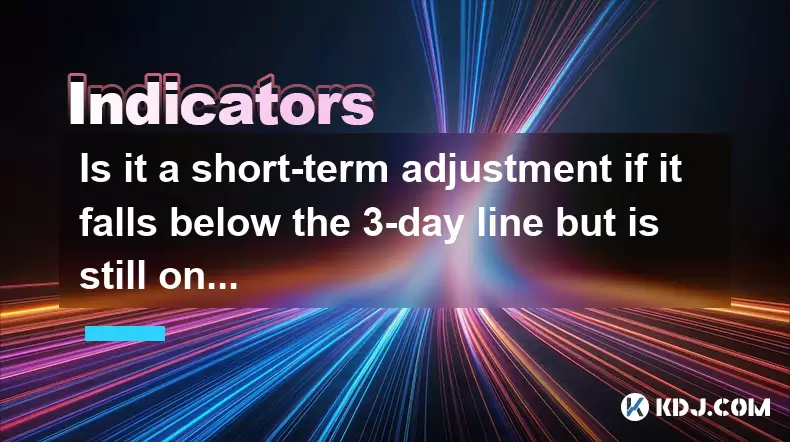
Understanding the 3-Day and 10-Day Moving Averages
In cryptocurrency trading, moving averages are essential tools for gauging trend strength and potential reversals. The 3-day moving average is a short-term indicator that reflects recent price action with minimal lag, making it highly sensitive to sudden market shifts. In contrast, the 10-day moving average offers a broader perspective, smoothing out volatility and providing clearer insight into medium-term trends.
When a cryptocurrency's price falls below its 3-day line, it signals immediate bearish momentum. However, if it remains above the 10-day line, this may suggest that the longer-term uptrend hasn't yet broken down. Traders often use these crossovers as signals, but they must be interpreted within the context of other indicators and market conditions.
What Happens When Price Drops Below the 3-Day Line?
A drop below the 3-day moving average typically indicates a loss of near-term bullish control. This can occur due to profit-taking, minor corrections, or temporary selling pressure. Given the high volatility in crypto markets, such dips are common and not always indicative of a major reversal.
- Immediate reaction: Traders might consider lightening positions or tightening stop-loss orders.
- Volume analysis: Check if the drop coincided with increased volume, which could imply stronger selling interest.
- Support levels: Identify nearby support zones where buying interest might re-emerge.
This scenario doesn’t necessarily invalidate the existing trend unless confirmed by further breakdowns.
Maintaining Position Above the 10-Day Line
Staying above the 10-day moving average suggests that while short-term weakness exists, the asset still has enough demand to hold above a key medium-term threshold. This can act as a psychological level for traders who monitor technical setups.
- Continuation signal: As long as the price holds above the 10-day line, the trend may still be intact.
- Potential bounce zone: Many assets find temporary support at or around this average before resuming their prior trajectory.
- Volatility filter: It helps filter out false breakouts that frequently appear on shorter timeframes.
Traders should watch how the price reacts when approaching this level—does it bounce quickly, or does it struggle to regain footing?
Combining Both Indicators for Better Accuracy
Using both the 3-day and 10-day moving averages together provides a more nuanced view of price behavior. A crossover strategy between these two lines can generate actionable trade signals:
- If the 3-day line crosses below the 10-day line, it may indicate a shift from bullish to neutral or bearish momentum.
- Conversely, a cross above can signal renewed strength after a pullback.
However, due to the fast-moving nature of cryptocurrencies, these signals can sometimes be premature or misleading. Therefore, it's crucial to cross-reference them with other tools like RSI, MACD, or volume patterns.
Assessing Market Context and Other Factors
Technical indicators alone don’t tell the full story. Broader market conditions, news events, and macroeconomic factors can heavily influence whether a drop below the 3-day line is just noise or the start of something more significant.
- Market sentiment: Is the overall crypto market bullish or bearish?
- Fundamental developments: Are there any regulatory updates, exchange listings, or project milestones affecting the asset?
- Correlation with Bitcoin: Many altcoins move in tandem with BTC, so check BTC’s position relative to its own moving averages.
By evaluating these external influences, traders can better judge whether the current movement is a healthy consolidation or a sign of deeper weakness.
Frequently Asked Questions
Q: Can I still consider buying if the price is below the 3-day line but above the 10-day line?
Yes, many traders see this as a potential entry point during a pullback. It’s important to confirm that the downtrend isn’t accelerating and that volume isn't surging to the downside.
Q: How reliable are 3-day and 10-day moving averages for crypto trading?
These moving averages are widely used due to their responsiveness and simplicity. However, in highly volatile crypto markets, they can produce false signals. Combining them with oscillators or chart patterns improves reliability.
Q: Should I set a stop-loss below the 10-day line if I enter a trade here?
It depends on your risk tolerance and the asset's volatility. Some traders place stops just below the 10-day line, while others prefer wider buffers to avoid being shaken out by normal fluctuations.
Q: What time frame is best for analyzing these moving averages?
The 1-hour or 4-hour charts are commonly used for short-to-medium term trades. Day traders may rely on faster signals, while swing traders might look at daily charts for confirmation.
Disclaimer:info@kdj.com
The information provided is not trading advice. kdj.com does not assume any responsibility for any investments made based on the information provided in this article. Cryptocurrencies are highly volatile and it is highly recommended that you invest with caution after thorough research!
If you believe that the content used on this website infringes your copyright, please contact us immediately (info@kdj.com) and we will delete it promptly.
- 2025-W Uncirculated American Gold Eagle and Dr. Vera Rubin Quarter Mark New Products
- 2025-06-13 06:25:13
- Ruvi AI (RVU) Leverages Blockchain and Artificial Intelligence to Disrupt Marketing, Entertainment, and Finance
- 2025-06-13 07:05:12
- H100 Group AB Raises 101 Million SEK (Approximately $10.6 Million) to Bolster Bitcoin Reserves
- 2025-06-13 06:25:13
- Galaxy Digital CEO Mike Novogratz Says Bitcoin Will Replace Gold and Go to $1,000,000
- 2025-06-13 06:45:13
- Trust Wallet Token (TWT) Price Drops 5.7% as RWA Integration Plans Ignite Excitement
- 2025-06-13 06:45:13
- Ethereum (ETH) Is in the Second Phase of a Three-Stage Market Cycle
- 2025-06-13 07:25:13
Related knowledge
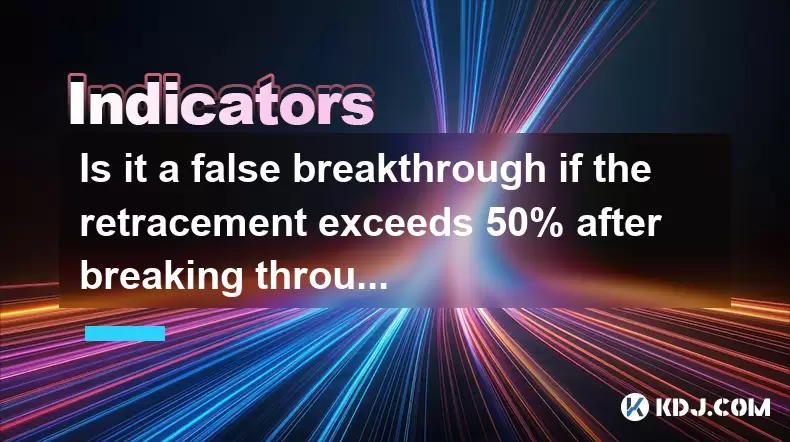
Is it a false breakthrough if the retracement exceeds 50% after breaking through the platform?
Jun 17,2025 at 08:01pm
Understanding Breakouts and Retracements in Cryptocurrency TradingIn cryptocurrency trading, breakouts refer to when the price of an asset moves beyond a defined support or resistance level with increased volume. These events often attract traders looking to capitalize on momentum. However, not all breakouts are valid. A false breakout, also known as a ...
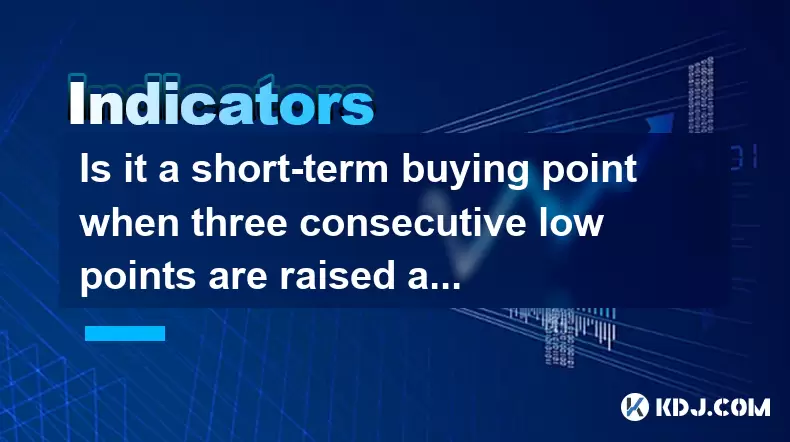
Is it a short-term buying point when three consecutive low points are raised at the 30-minute level?
Jun 17,2025 at 08:14pm
Understanding the Three Consecutive Low Points PatternIn technical analysis, identifying patterns in price movements is essential for making informed trading decisions. One such pattern that traders often observe is when three consecutive low points are raised within a specific timeframe — in this case, the 30-minute chart. This pattern suggests a poten...
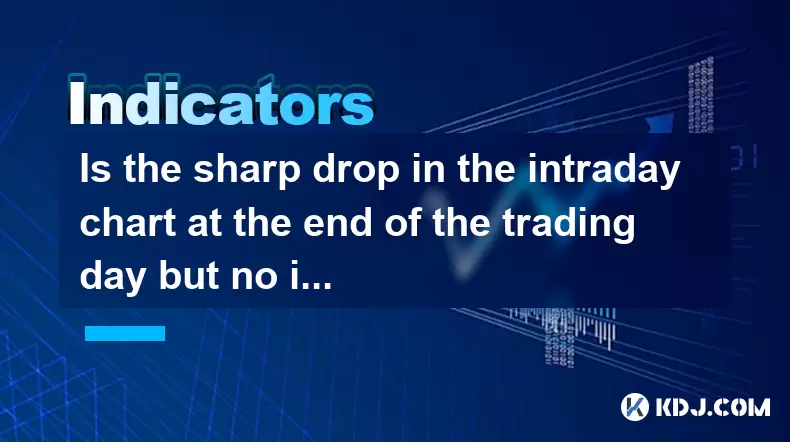
Is the sharp drop in the intraday chart at the end of the trading day but no increase in volume a trap to sell?
Jun 17,2025 at 08:35pm
Understanding the Intraday Chart DynamicsIn cryptocurrency trading, intraday charts are widely used by traders to analyze short-term price movements. These charts display price fluctuations within a single trading day and help traders make informed decisions based on real-time data. One common phenomenon observed is a sharp drop in price near the end of...
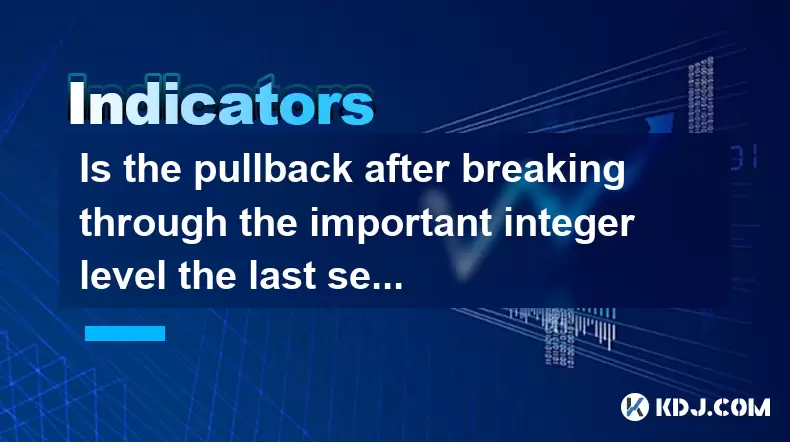
Is the pullback after breaking through the important integer level the last selling point?
Jun 17,2025 at 08:57pm
Understanding Important Integer Levels in Cryptocurrency TradingIn the world of cryptocurrency trading, certain price levels hold significant psychological and technical importance. These are commonly referred to as important integer levels—such as $10,000 for Bitcoin or $1,000 for Ethereum. These levels often act as strong support or resistance zones d...
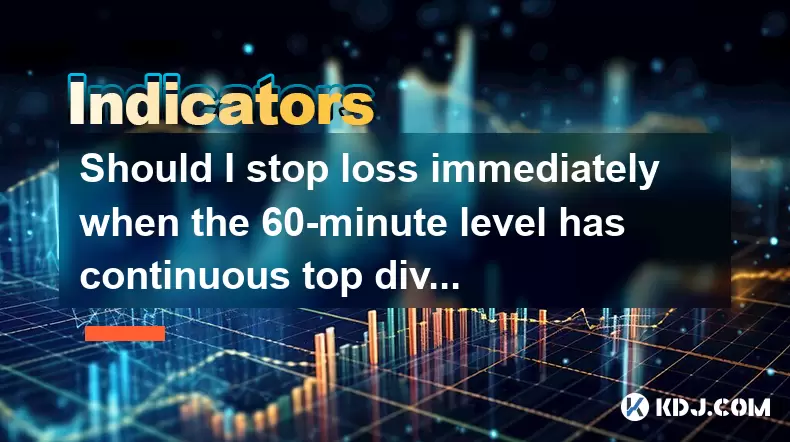
Should I stop loss immediately when the 60-minute level has continuous top divergence?
Jun 17,2025 at 05:28pm
Understanding Top Divergence in the 60-Minute ChartIn cryptocurrency trading, top divergence refers to a technical signal where the price of an asset makes higher highs while the indicator (often RSI or MACD) makes lower lows. This is commonly interpreted as a sign of weakening momentum and potential reversal. When this occurs on the 60-minute chart, it...
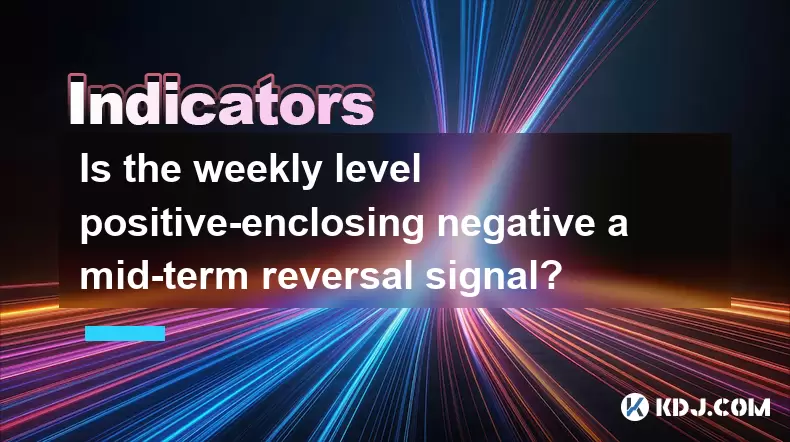
Is the weekly level positive-enclosing negative a mid-term reversal signal?
Jun 17,2025 at 07:42pm
Understanding Weekly Level Positive-Enclosing Negative Candlestick PatternsIn technical analysis, candlestick patterns are often used to predict potential price reversals. One such pattern is the weekly level positive-enclosing negative, which occurs when a weekly candle closes lower than the previous week's close but remains entirely within the range o...

Is it a false breakthrough if the retracement exceeds 50% after breaking through the platform?
Jun 17,2025 at 08:01pm
Understanding Breakouts and Retracements in Cryptocurrency TradingIn cryptocurrency trading, breakouts refer to when the price of an asset moves beyond a defined support or resistance level with increased volume. These events often attract traders looking to capitalize on momentum. However, not all breakouts are valid. A false breakout, also known as a ...

Is it a short-term buying point when three consecutive low points are raised at the 30-minute level?
Jun 17,2025 at 08:14pm
Understanding the Three Consecutive Low Points PatternIn technical analysis, identifying patterns in price movements is essential for making informed trading decisions. One such pattern that traders often observe is when three consecutive low points are raised within a specific timeframe — in this case, the 30-minute chart. This pattern suggests a poten...

Is the sharp drop in the intraday chart at the end of the trading day but no increase in volume a trap to sell?
Jun 17,2025 at 08:35pm
Understanding the Intraday Chart DynamicsIn cryptocurrency trading, intraday charts are widely used by traders to analyze short-term price movements. These charts display price fluctuations within a single trading day and help traders make informed decisions based on real-time data. One common phenomenon observed is a sharp drop in price near the end of...

Is the pullback after breaking through the important integer level the last selling point?
Jun 17,2025 at 08:57pm
Understanding Important Integer Levels in Cryptocurrency TradingIn the world of cryptocurrency trading, certain price levels hold significant psychological and technical importance. These are commonly referred to as important integer levels—such as $10,000 for Bitcoin or $1,000 for Ethereum. These levels often act as strong support or resistance zones d...

Should I stop loss immediately when the 60-minute level has continuous top divergence?
Jun 17,2025 at 05:28pm
Understanding Top Divergence in the 60-Minute ChartIn cryptocurrency trading, top divergence refers to a technical signal where the price of an asset makes higher highs while the indicator (often RSI or MACD) makes lower lows. This is commonly interpreted as a sign of weakening momentum and potential reversal. When this occurs on the 60-minute chart, it...

Is the weekly level positive-enclosing negative a mid-term reversal signal?
Jun 17,2025 at 07:42pm
Understanding Weekly Level Positive-Enclosing Negative Candlestick PatternsIn technical analysis, candlestick patterns are often used to predict potential price reversals. One such pattern is the weekly level positive-enclosing negative, which occurs when a weekly candle closes lower than the previous week's close but remains entirely within the range o...
See all articles

























































































